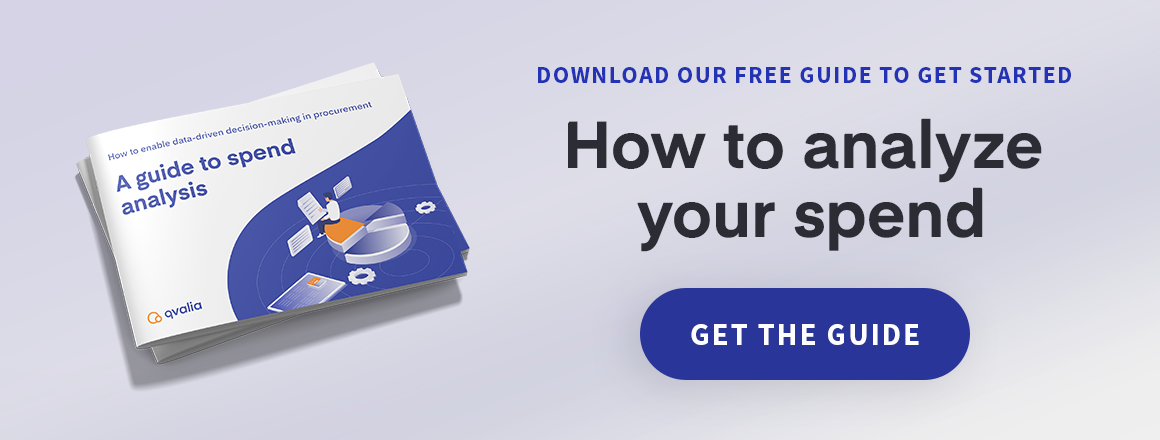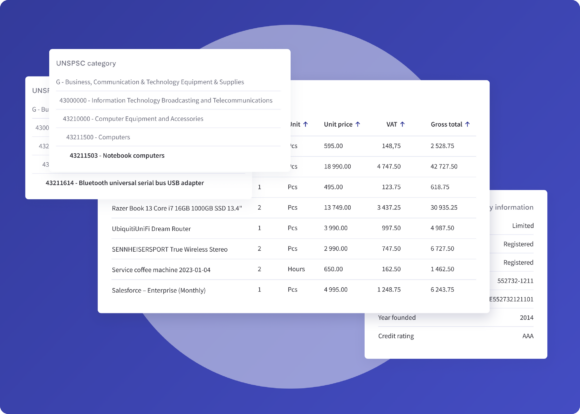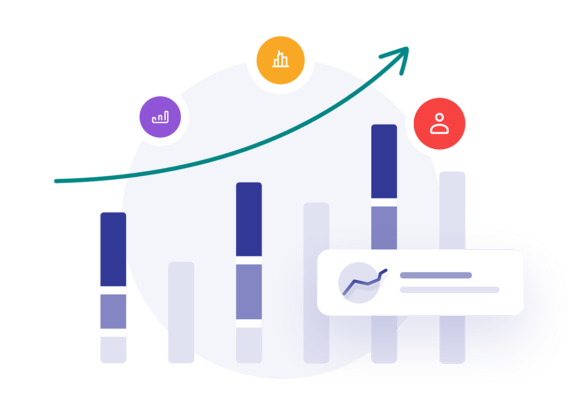Are you puzzled by spend analysis and how to keep track of your procurement data? What could be so difficult about getting an overview of the products and services purchased for your business? The good news is that you too can become a full-fledged spend analyst.
Spend analysis exists for a good reason, as procurement and business spending is far more complex than, say, buying a new set of saucepans for your home kitchen.
Companies need to purchase from vendors all the time to run internal operations and manufacture products or deliver services—from raw materials to representation. Many companies purchases in bulk from a large number of providers, and even small changes in spending can have large impacts on how the business runs and the quality of its output. It affects your cash flow and receiving poor-quality goods could hurt the customer value you’re bringing.
Just like regular people, companies need to keep track of their spending. What small purchases were made by certain departments that weren’t recorded properly? Finding all these small expenditures will help you take control of business finances. Perhaps you’re buying too much of a certain good because multiple parts of the business are ordering similar items.
Essential questions for a spend analyst
Problems like these are the purpose of spend analysis, the process of analyzing expenditure data for the sake of reducing costs, retaining quality, and fostering better relationships with your suppliers. A spend analyst will ask these basic questions:
- What is being purchased and for how much?
- Who in the company is doing so?
- What vendor are we purchasing from?
- How do our spending habits compare to previous years’?
These analysts measure and track key performance indicators like the amount spent per category of goods, the number and composition of suppliers, the purchase order value, the price history of goods and services, and even the terms and conditions of supplier contracts.
Spend analysis itself is actually just one component of an overall business philosophy known as spend management. The goal of these efforts is to provide a full view of the flow of money in your organization. If you don’t know where the budget is going, then how can you make sure it’s being spent efficiently?
What benefits can I expect from my spend analyst?
Some managers might still ask, “why bother with this process at all? Is it really worth the investment?” The benefits of spend analysis definitely make the effort worthwhile, hence why so many organizations across multiple industries pursue it.
Diving into your purchasing data gives you a chance to take advantage of:
- Higher profits: Shed light on the ways money is trickling out of the budget every year. Eliminate duplicate purchases, negotiate stronger contracts, and minimize unauthorized maverick spending.
- Spend visibility: Making incremental improvements and large-scale changes to the budget is only possible when you have the data to look at. Where are those opportunities, and what business decisions make the most sense? The visibility gained from spend analysis is the only answer.
- Supplier relationships: Not only can you improve internal budgeting, but you can also foster positive relationships with your supplier base. Negotiate better contracts by using spend data to make better decisions.
- Choosing suppliers: Because you rely heavily on suppliers for the quality of your product output, you want to track the performance and credibility of all the vendors you purchase from. If there’s any risk involved, learn to detect it sooner rather than later.
- Ordering in bulk: Expect bulk discounts from suppliers when you order in large quantities at a time. Spend analysis allows departments to collaborate and find opportunities to save this way. You might even find another company willing to negotiate with you for a common order.
- Keeping records: Regulatory compliance sometimes requires you to document transactions and financial activity. The work you do for spend analytics is enough to let you audit whenever necessary.
- Benchmarking performance: Which departments in the business spend the most, and do they contribute enough to the business to justify the cost? If not, there may be a sign to start making changes. Spend analysis also helps set achievable goals for the future.
Best of all, getting started is as easy and inexpensive as ever thanks to automated third-party platforms for spend analysis.
Learn more about spend analysis in this guide.
Spend Monitor: Turn spend analysis into a competitive advantage
Are you looking for a best-in-class solution to improve your finance processes and implement a robust spend analysis routine within your company? Qvalia’s integrated feature Spend Monitor makes your spend data accessible in real-time.
Our platform enables businesses to automate accounting, invoicing, and analysis tasks— in one tool. Book a demo here to learn more.



